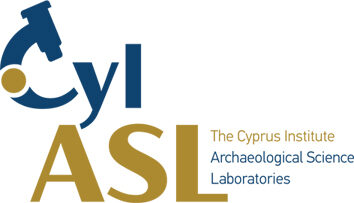ARETI is a multidisciplinary two-year research programme, supported financially by the Anastasios G. Leventis Foundation, that focuses on exploring the genetic, economic and cultural history of cattle on the island of Cyprus from the Neolithic times to the present. By weaving together evidence from zooarchaeology, iconography, animal genetics, ethnography and conservation biology, ARETI provides an opportunity to unearth vital information about the past, present and future of local livestock systems and their interaction with human societies.

Sacrificial food in Classical, Hellenistic and Roman Cyprus: an interdisciplinary diachronic approach in an island laboratory

Animal sacrifice was a major institution for meat distribution in Classical, Hellenistic and Roman societies. Early research suggested that meat consumption was infrequent in the Greco-Roman world but recent zooarchaeological and isotopic data indicate larger quantities from a diverse suite of animals consumed in temple precincts. Sacrificial meat was also consumed in secular contexts but the details are unknown.
Despite recent advances, important aspects are in urgent need of investigation through primary data. These include the husbandry systems that produced the animals, the selection process for sacrificed and non-sacrificed animals, the logistics of consumption and differences between religious and secular contexts. Plants also played roles in sacrificial practices and fluctuations in their use are another proxy for cultural and economic change. In addition to these themes, our knowledge of sacrificial food suffers from geographical gaps and a dearth of diachronic studies.
Project SACHROFICS addresses these gaps through an interdisciplinary study of sacrificial food in Classical, Hellenistic and Roman Cyprus. This choice covers an important geographic gap, and provides an ideal ‘laboratory’ to assess external influences and a cultural melting pot to study the fusion of Eastern and Greco-Roman cultures. The project aspires to achieve high-resolution insights into animal treatment before, during and after sacrificial events through a methodological suite spearheaded by zooarchaeology and complemented by stable isotope, dental microwear and archaeobotanical analyses.
These insights form a solid basis to fulfil its objective of understanding the entire chain of operations involved in sacrificial food (production, consumption, deposition), and contribute to debates on the role of food in Greco-Roman societies diachronically. The integration of the project’s findings in the eastern Mediterranean amplifies the knowledge produced and increases its relevance to other areas.
